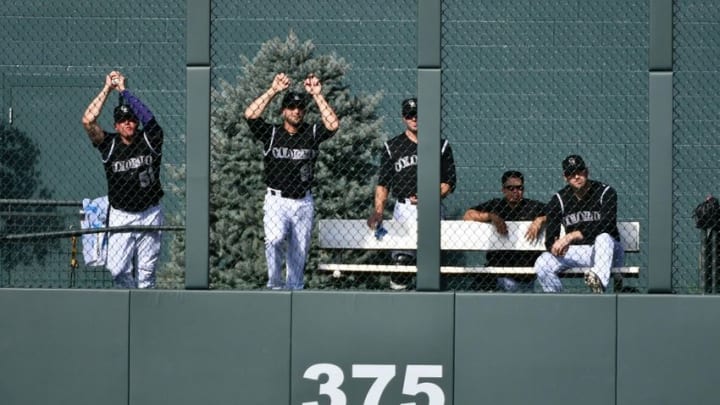
No. 3: Jason Motte
Motte was another free-agent signing for 2016 which simply did not work out, to put it politely. He made $5,000,000 this season (tied for fifth-highest on the team) and what did he produce?
Because of injury (right rotator cuff strain) he only appeared in 30 games and was the friend of the disabled list. When he was on the mound, he went 0-1 with a 4.94 ERA. In 23 2/3 innings pitched, he gave up 28 hits, 13 earned runs, six HRs and a WHIP of 1.52.
Motte was signed to provide a veteran presence and stability to the bullpen. I’m sure he provided the veteran presence without any issues, but he didn’t provide any stability. He was another issue out of many.
Simply put, the salary and the production did not match up for Motte in 2016. He is scheduled to make another $5 million in 2017. Do the Rockies really want to pay this to an under-performing 35-year-old reliever?
I doubt it.
Next: No. 2: Jake McGee
